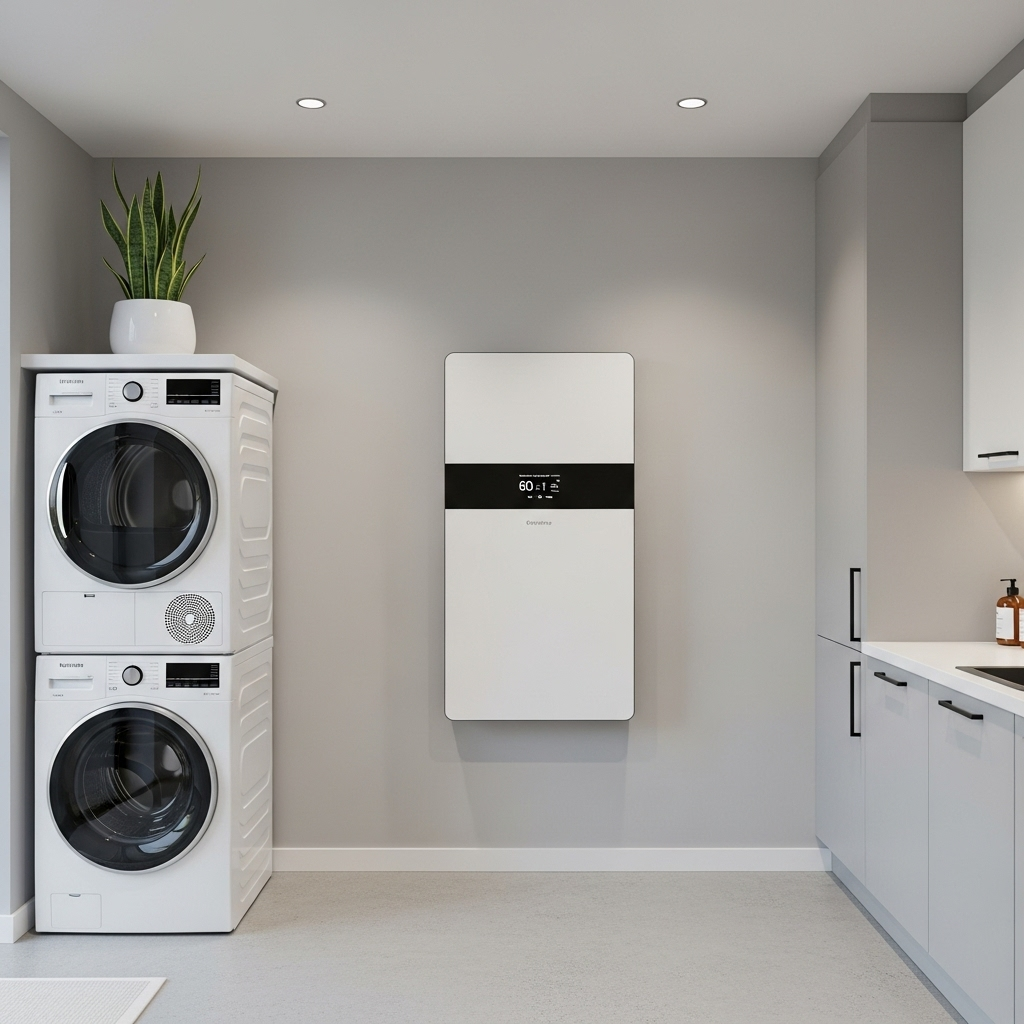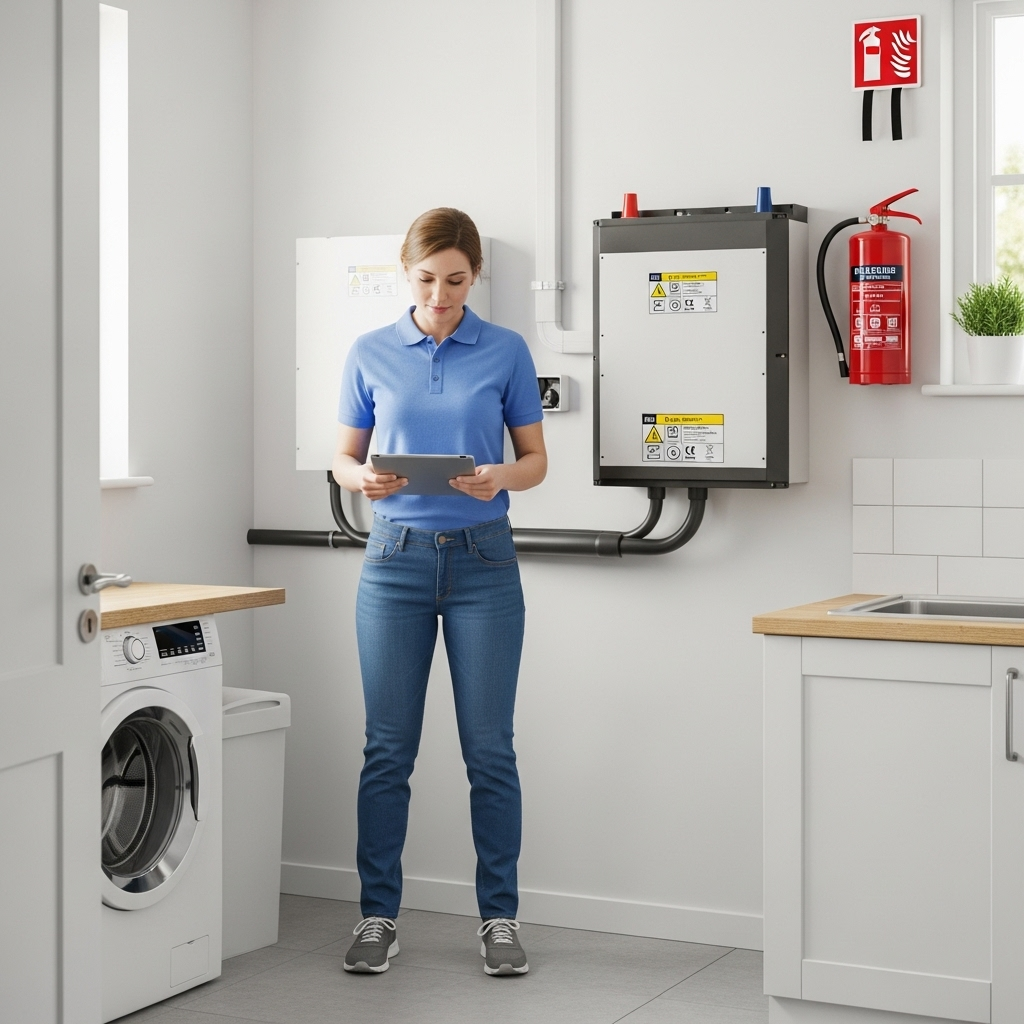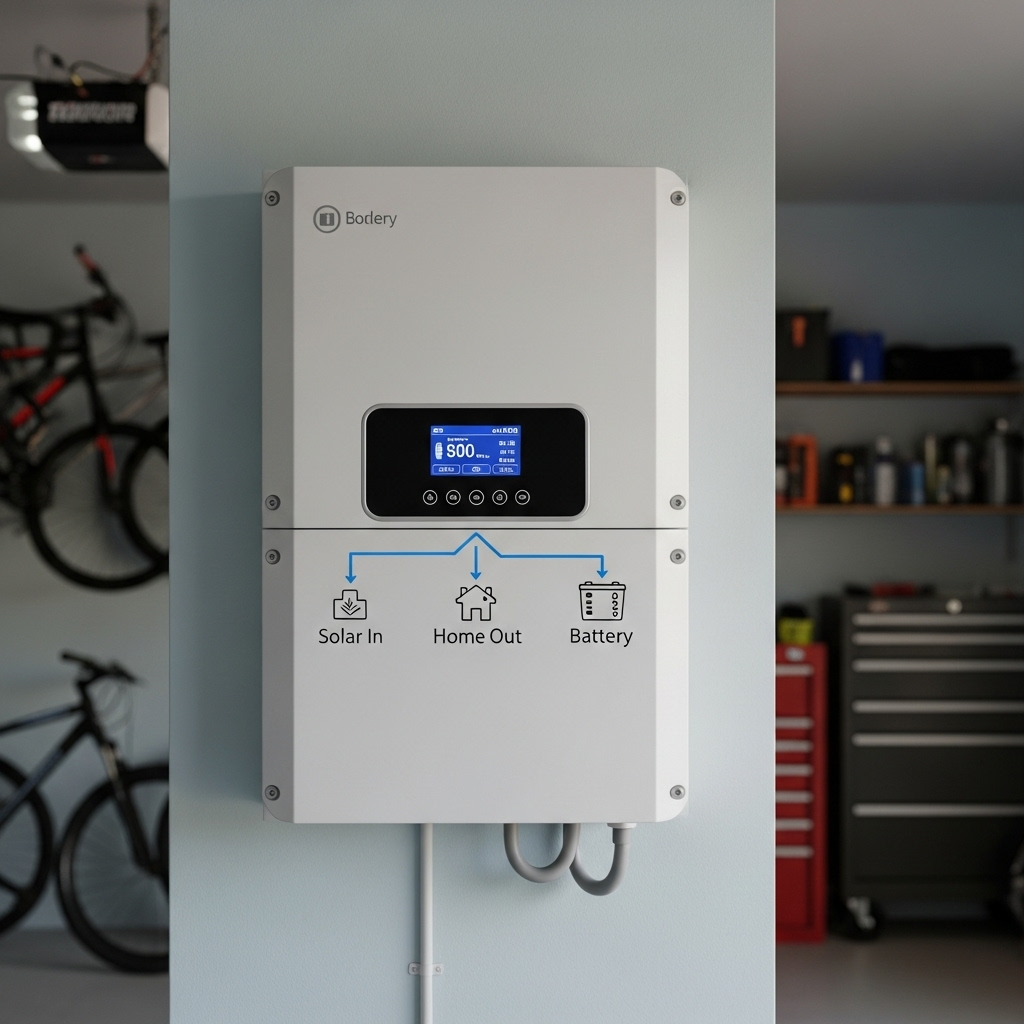Congratulations on your new Energy Storage System (ESS). You have taken a significant step toward energy independence. The first three months are a critical period for understanding your system's behavior and ensuring it operates at peak efficiency. This homeowner maintenance checklist is designed to guide you through the first 90 days of ESS care, helping you establish a solid foundation for long-term performance and reliability.
The First 30 Days: System Familiarization and Baseline Monitoring
The initial month is all about getting to know your system. You will learn its rhythms, understand its language through data, and configure it to match your lifestyle. This phase sets the baseline for all future performance monitoring.
Initial System Walk-Through and Safety Check
Your first step is a simple visual inspection. Familiarize yourself with the components: the battery unit, the inverter, and any associated wiring. Check that the system is clean and the ventilation ports are unobstructed. Look for any visible warning lights or alerts on the unit itself. This initial check ensures the physical installation is secure and ready to perform. Safety is paramount, so this inspection is purely visual; do not attempt to modify any wiring or components.
Understanding Your Monitoring App
Your monitoring application is your window into the system's performance. Spend time navigating the dashboard. Identify key metrics such as State of Charge (SoC), power generation from your solar panels, home energy consumption, and how much power is being drawn from or sent to the grid. By checking this daily, you will quickly establish a pattern of what 'normal' looks like for your household. This data is the foundation of your ESS first 90 days maintenance plan.
Setting Up Your Operating Mode
Most modern ESS solutions offer several operating modes. These might include 'Self-Consumption,' which prioritizes using your own solar energy, or 'Time-of-Use,' which optimizes battery charging and discharging to take advantage of varying electricity prices from your utility. Select the mode that best aligns with your goals, whether it's maximizing savings or achieving the greatest energy self-sufficiency.
Days 31-60: Performance Optimization and Routine Checks
With a baseline established, the second month focuses on fine-tuning and simple physical upkeep. You will use the data you've gathered to make small adjustments that can yield significant improvements in efficiency and savings.
Analyzing Your Energy Data
Review the patterns from your first month. Does your battery have enough power to last through the evening peak consumption hours? Are you exporting a lot of solar energy to the grid that could be stored instead? Answering these questions helps you optimize your system. The global push for clean energy, as noted in the World Energy Investment 2023 report, makes personal energy management increasingly valuable. Efficiently managing your stored energy contributes to this larger goal.
Physical Inspection and Cleaning
A clean system is an efficient system. Once a month, perform a simple cleaning. Power down the system according to the manufacturer's instructions. Use a dry, soft cloth to gently wipe down the exterior of the battery and inverter. Ensure that any vents or cooling fins are free of dust and debris, which helps with heat dissipation and maintains performance. This simple task is a core part of any effective ESS system startup guide.
Software and Firmware Updates
Manufacturers often release firmware updates to improve performance, add features, or enhance security. Check your monitoring app for any update notifications. Keeping your system's software current is crucial for optimal operation. These updates often incorporate improvements based on performance data from thousands of systems.
Days 61-90: Establishing Long-Term Habits
In the final phase of your initial 90 days, you will solidify your maintenance routine and prepare your system for the future. The habits you form now will protect your investment for years to come.
Fine-Tuning Your Settings
Using two months of data, you can now make more informed adjustments. You might slightly increase your battery's reserve level if you live in an area with frequent grid outages or adjust your time-of-use settings to better align with your utility's new seasonal rates. These small tweaks maximize your system's economic and practical benefits.
Preparing for Seasonal Changes
Energy production and consumption change with the seasons. Winter brings shorter days and less solar production, while summer may increase your consumption due to air conditioning. Acknowledge these upcoming shifts and adjust your expectations. You might need to rely more on the grid during certain times of the year, which is a normal part of the annual energy cycle.
Creating Your Personalized Maintenance Schedule
You have now completed the essential new owners starter list. Consolidate these tasks into a simple, ongoing schedule. A quick weekly check of the app and a monthly physical inspection and cleaning are excellent habits to maintain. This proactive approach ensures your system remains a reliable source of power.
Key Performance Indicators to Track
Tracking the right metrics is fundamental to understanding your system's health. For a deeper technical explanation of these and other metrics, you can review this detailed guide on solar storage performance.
| Metric | What It Is | Why It Matters |
|---|---|---|
| State of Charge (SoC) | The battery's current charge level, expressed as a percentage. | Helps you understand available energy and prevents consistent undercharging or overcharging. |
| Depth of Discharge (DoD) | The percentage of the battery's total capacity that is discharged. | Directly impacts the battery's lifespan. LiFePO4 batteries are known for handling a deep DoD without significant degradation. |
| Round-Trip Efficiency | The ratio of energy discharged from the battery versus the energy used to charge it. | Measures system efficiency. A higher percentage means less energy is lost during the storage cycle. |
| Daily Production/Consumption | The amount of energy (in kWh) your solar panels generate versus what your home uses. | Provides a clear picture of your energy independence and how well the system is sized for your needs. |
Disclaimer: This guide provides general maintenance information and is not a substitute for professional advice. Always consult your installer or a qualified electrician for specific technical issues. This content does not constitute financial or legal advice.
Your Path to Energy Independence
Your first 90 days as an ESS owner are a learning experience that empowers you to take full control of your energy future. By following this starter list, you build confidence, establish a valuable performance baseline, and develop habits that will ensure your system delivers clean, reliable power for many years. This proactive approach to care is the best way to maximize your return on investment and enjoy the full benefits of your move toward energy self-sufficiency. As research from organizations like the International Renewable Energy Agency (IRENA) consistently shows, distributed energy resources like your ESS are key components of a resilient and sustainable energy grid.
Frequently Asked Questions
What is a normal State of Charge (SoC) range for my battery?
For high-performance LiFePO4 (Lithium Iron Phosphate) batteries, operating within a wide range like 10% to 95% SoC is generally very effective and supports a long lifespan. It avoids the stress of keeping the battery at 100% or draining it to 0% regularly. Always refer to your specific model's documentation for precise recommendations.
How often should I check my system's monitoring app?
During the first 90 days, a brief daily check-in is highly recommended to establish your baseline. After this initial period, checking the app weekly is typically sufficient to spot any trends or anomalies. You should check it more frequently if you suspect a performance issue.
Do I need a professional for this 90-day checklist?
No, this homeowner maintenance checklist is designed for you. The tasks involve visual inspections, cleaning, and using the monitoring software provided with your system. Professional maintenance, which includes more technical checks, is usually recommended on an annual basis.
What if I see a warning light or an error message?
If you encounter an alert, make a note of the specific error code or message displayed. Your system's user manual will often have a troubleshooting section that can help you identify the issue. If the problem persists, contact your installer or the manufacturer's technical support team with the information you have gathered.





Leave a comment
All comments are moderated before being published.
This site is protected by hCaptcha and the hCaptcha Privacy Policy and Terms of Service apply.